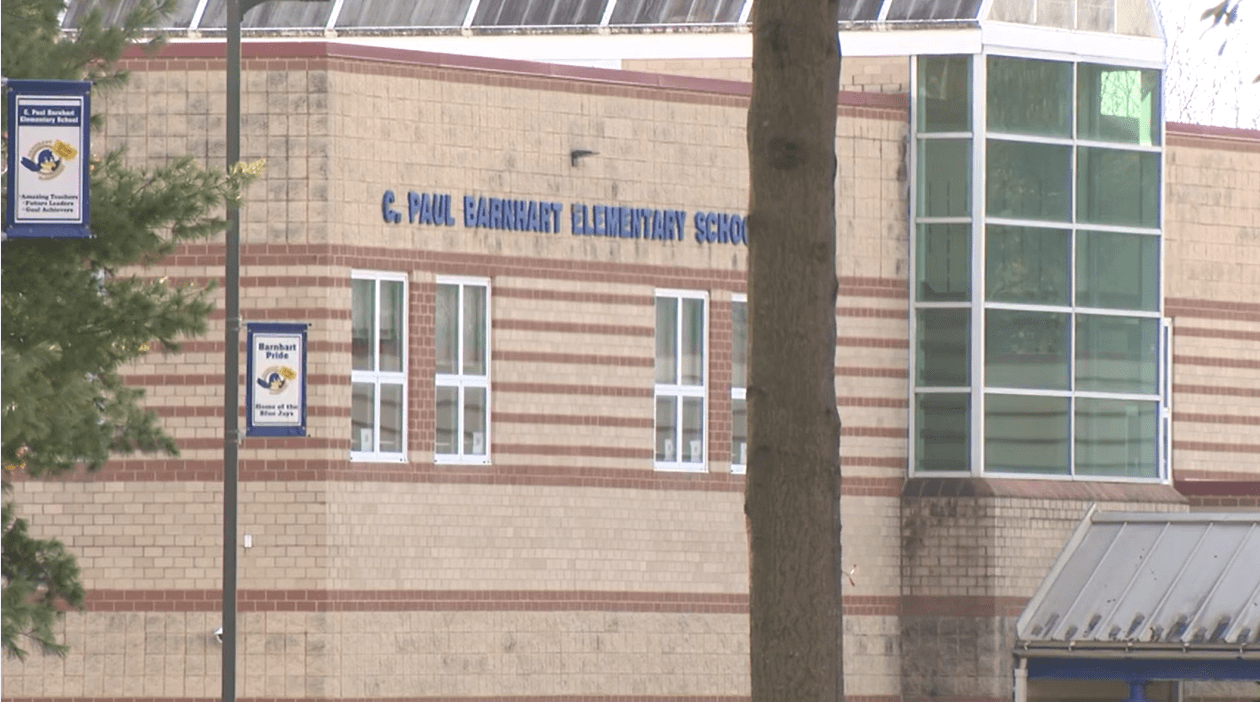EL PASO, Texas (Border Report) — The border under a second Trump presidency is already taking shape.
Just days after being elected to a second term, Donald Trump has announced his picks to lead his immigration enforcement, including the secretary of the Department of Homeland Security, the parent agency of U.S. Customs and Border Protection, U.S. Immigration and Customs and Border Protection, and the U.S. Border Patrol.
Plus, the former president has continuously hinted at several actions he plans to take when he returns to office, key among them being mass deportation. Border Report correspondents Salvador Rivera, Julian Resendiz and Sandra Sanchez discuss the major topics of discussion right now along the border during this week’s Border Report Live stream with Nexstar’s Chip Brewster.
Trump has created the role of “border czar” and has picked his former acting ICE director, Tom Homan, to take it on.
A loyal supporter of Trump, Homan was a U.S. Border Patrol agent before taking the helm at ICE when the Trump administration launched its “zero-tolerance” policy, in which migrant children were separated from their parents upon entering the country illegally.
The Associated Press reported that during a July conference in Washington, Homan said he’d be willing to “run the biggest deportation operation this country’s ever seen.”
At DHS, Trump wants conservative South Dakota Gov. Kristi Noem, who at one point was being considered to be his running mate.
Noem drew criticism for her memoir, in which she told the story of shooting and killing a family dog because it would not behave.
As governor, Noem has sent the National Guard to the Texas-Mexico border to help with Gov. Greg Abbott’s Operation Lone Star.

Unlike the “border czar,” Noem’s nomination would need approval from the soon-to-be Republican-led Senate.
For a list of people Trump has picked for key positions so far, click here.
The list of actions Trump plans to take is growing. It includes, among others, continuing border wall construction, hiring more Border Patrol agents, using military spending for border security, ending humanitarian parole, which critics dismiss as a catch-and-release policy, and reimplementing the “Remain In Mexico” policy officially known as the Migrant Protection Protocols.
Migrant worry about Trump’s return to the White House
Word of Trump’s immigration crackdown has reached people south of the border, and migrants making their way to the U.S. are hoping to beat him to the punch. Meanwhile, advocates and shelters directors are bracing for an influx of people when resources are thin at best.
At a migrant shelter in Juarez, Mexico, a young family recently waited for their appointment to apply for asylum at a U.S. port of entry.

Fresh off a treacherous journey through the jungles of Panama and crime-ridden Mexico, the prospect of Trump ending asylum appointments or the odds of being denied dramatically increasing created new fears.
“We already have our appointment, but it will be disappointing for those who are still in other countries or crossing the jungles. They are already asking themselves what will happen to them with the rumors (the U.S.) will cancel CBP One,” 22-year-old Escarlet Rodriguez, a Venezuelan mom and asylum-seeker told Border Report the Monday before Election Day. “You are coming with the idea of a better future, and they decide to close (the border) overnight. If they close the app, it will be a shock to those families.”
In Tijuana, a young migrant from Mexico hoped Trump would keep the CBP One app that he used to set up his asylum appointment.
He said he’s been waiting three months for an appointment and only wanted to see his grandparents.

But he said he believed if Trump cuts access to CBP One, migrants will be forced to use smugglers.
“I’m going to cross regardless, I’ll use a coyote (smuggler) if necessary,” he said, adding that others in the shelter are prepared to do the same thing.
Deported veterans on alert
A crackdown on immigration will affect others who some say have become afterthoughts when it comes to immigration policy.
Deported veterans, for example, are worried Trump will kill a bill aimed at bringing them home.
Since 1996, when the Illegal Immigration Reform and Immigrant Responsibility Act was approved, tens of thousands of veterans have been deported to their countries of birth after being convicted of a crime.

“Many have been deported for very minor offenses and that’s why a lot of them have been able to be repatriated here recently in the last couple of years,” said Robert Vivar, director at Unified U.S. Deported Veterans Resource Center in Tijuana.
Vivar says many more are still waiting to come back to their families, and he worries with Trump heading back to the White House, these deported Veterans are facing a struggle to return to their families.
“We are very concerned,” he said.
The Veterans Service Recognition Act has been debated in Washington since last year.
If approved, it would give 40,000 active-duty, non-citizen members of the military instant citizenship. This would eliminate the possibility of deportation should they ever commit a crime while in uniform or after they leave the military.
The bill would also set up a committee to review cases and the authority to reverse deportations, allowing vets to return home.
Vivar says many members of Congress, especially Republicans, are reluctant to support the bill because they see this as an immigration issue.
“This is a veterans issue, not an immigration issue,” Vivar said.
‘We’re all going to fade into the shadows’
The election of Donald Trump has also frustrated recipients of the Deferred Action for Childhood Arrivals program, or DACA.

DACA protects non-citizens who were brought to the country as children from deportation.
Flor Martinez was a toddler when she was brought to this country from Mexico.
Since then, she’s been able to work and enjoy life without fear of deportation under DACA.
Martinez, who lives in San Jose, says she is now living with the possibility of being sent back to Mexico.
“No more family separation, I was brought here when I was three years old, my mother is on the other side of that border.”
She said she hadn’t seen her mother in person for six years.
Another DACA recipient who wanted to remain anonymous says he is worried because the government knows exactly where they all live.
Those enrolled in the program must reapply every two years to remain eligible for employment authorization.
“They have our addresses, know where we work, they can come after us when they choose to,” he said. “We’re all going to fade into the shadows.”
According to the U.S. Citizenship and Immigration Services, there are about 530,000 DACA recipients in this country.
Most are said to be younger than 36 with 28% living in California; 17% in Texas; 5% in Illinois; 4% each in New York and Florida; and the remaining 42% in other states.
“We’re all really disappointed with Biden, he never did anything to help us, although he promised to clear a path toward citizenship for us, something he never did.”
Border Report correspondents Julian Resendiz and Sandra Sanchez contributed to this story.










































































































